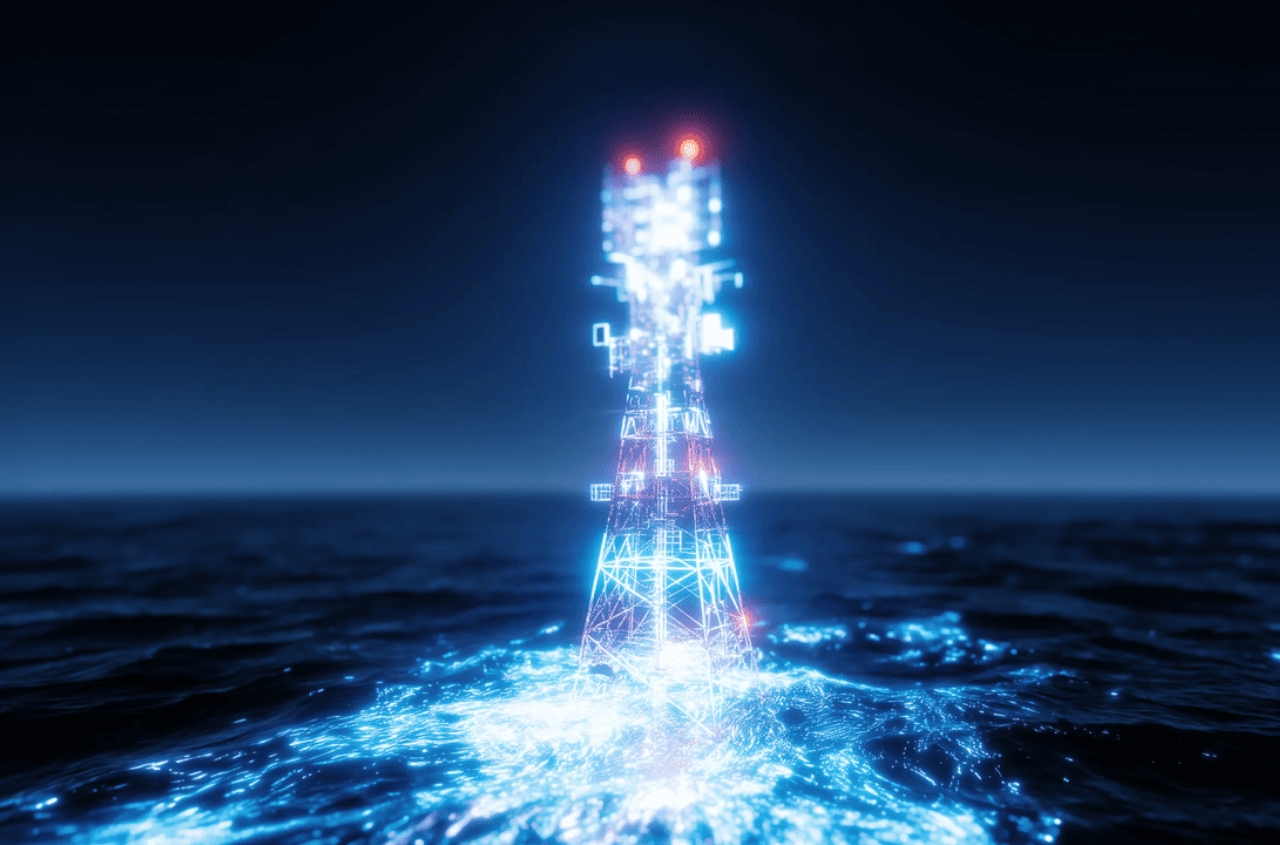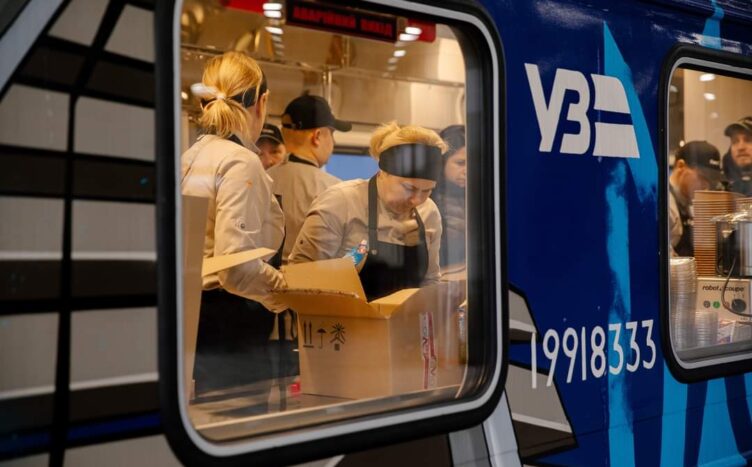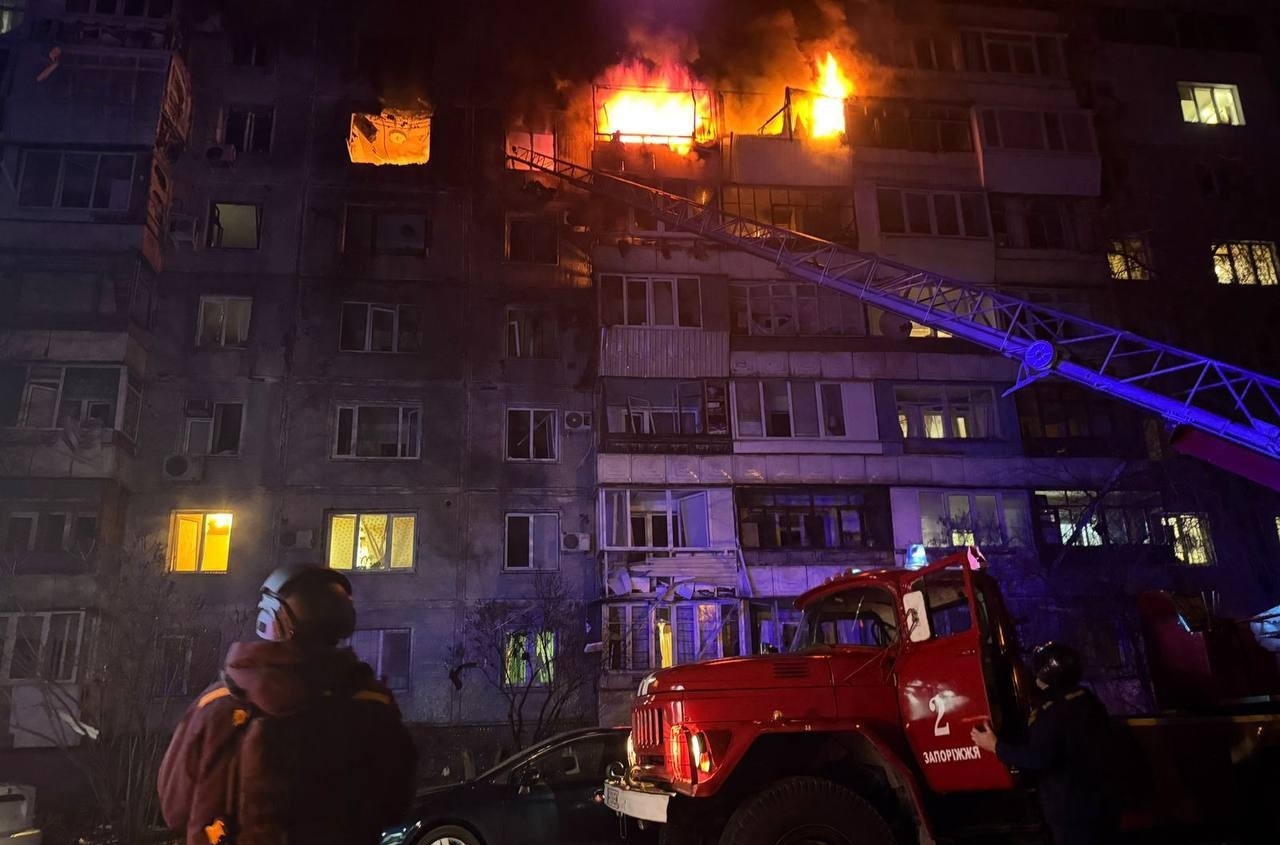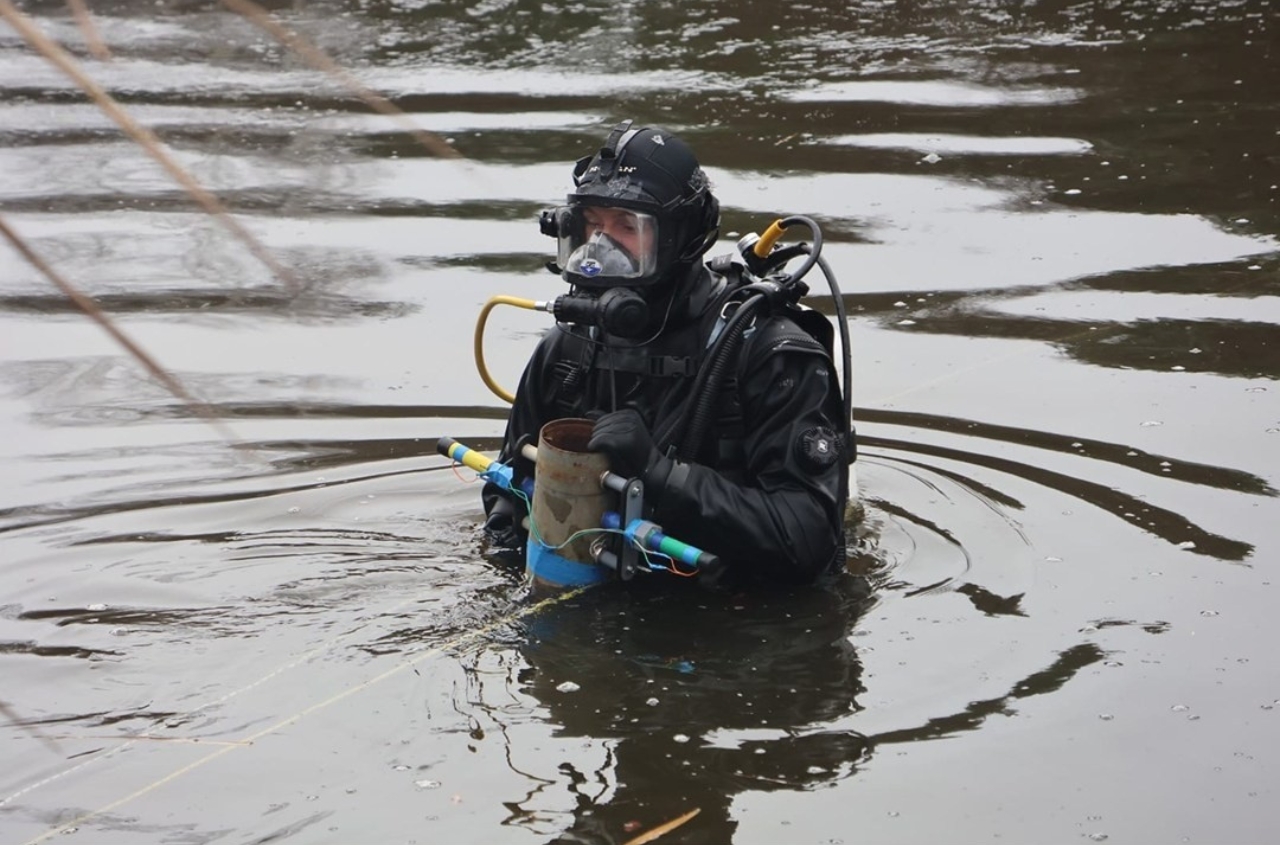About 70 new winemaking enterprises have emerged in Ukraine during the years of the war, driven largely by significant improvements in legislation, according to Volodymyr Pechko, head of the Association of Gardeners, Viticulturists, and Winemakers of Ukraine.
“Over the past 4.5 years, thanks to improved legislation and climate changes, the number of winemaking enterprises in Ukraine has increased by 70%… The approximate figure is around 70 new enterprises. They have come out of the shadows, started paying taxes, and officially employed people. Small châteaux have begun to develop in Ukraine. There were never small winemaking enterprises in Ukraine, neither during Soviet times nor after independence,” he said at the Agro2Food exhibition.
The association head noted that previously, obtaining a wine production license required payment of about UAH 500,000. After transitioning to a simplified registration procedure for winemaking enterprises, the process became more financially accessible, allowing anyone to obtain a license within two weeks.
Following the boom in small domestic châteaux, winemakers have begun to experience shortages of raw materials and, consequently, grape plantations.
According to Pechko, Ukraine currently has about 20,000 hectares of vineyards, 5,000 hectares of which were planted during the war. This statistic does not include occupied territories in Crimea, Kherson, and Mykolaiv regions.
The association head also highlighted that global warming has allowed Ukrainian viticulturists to establish vineyards in regions previously considered unsuitable for grape growing. For example, in Kyiv region, around 10 licensed winemaking enterprises cultivate grapes locally and purchase additional volumes from Odessa and Mykolaiv regions.
Domestic winemakers, he noted, are actively importing foreign alcohol, mainly from Moldova and Georgia, where viticulture is more developed.
Pechko added that the establishment of an isotope analysis laboratory in Odessa region has positively impacted the industry. The laboratory allows enterprises to test wine materials, enabling the production of higher-quality products.
“Thanks to the activation of processing enterprises, grape cultivation has become profitable. In 2023, the cost of 1 kg of grapes for processing was UAH 5–8, while in 2024–2025 it reached UAH 18–25, which encouraged the planting of new vineyards,” the expert said, noting that Ukrainian wine exports are still relatively low.
“It is too early to say that we are top exporters ready to conquer Europe. We need to do that, but for now, we must protect our domestic market. We should produce high-quality products and compete within Ukraine,” concluded the head of the Association of Gardeners, Viticulturists, and Winemakers of Ukraine.




















